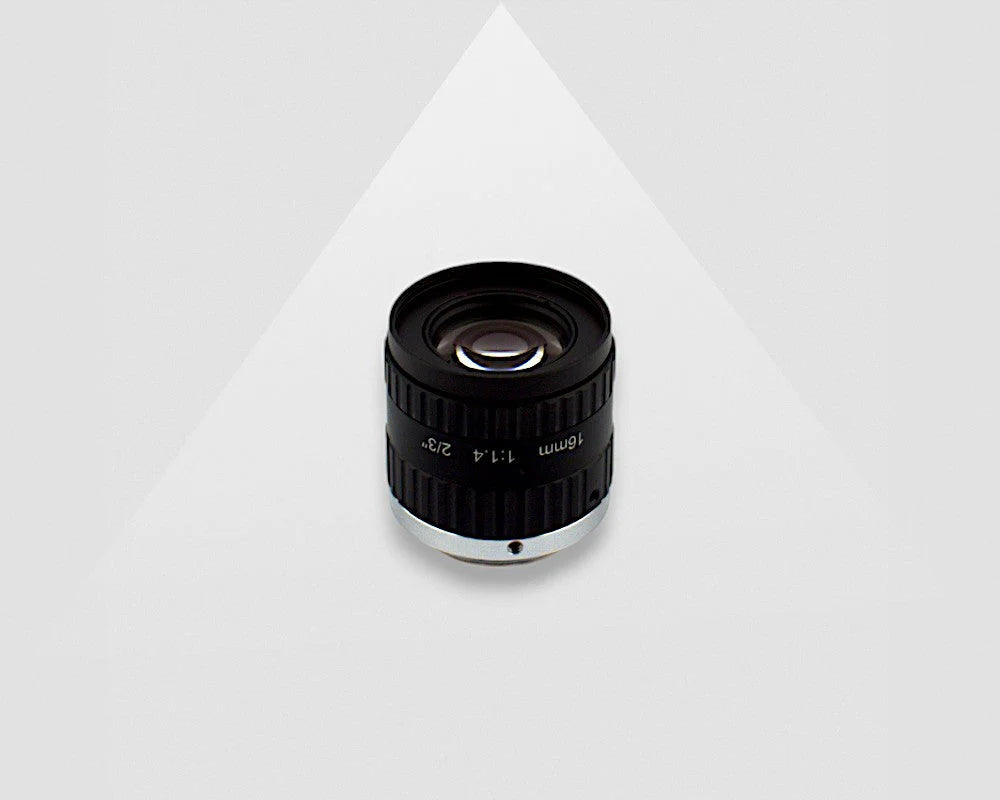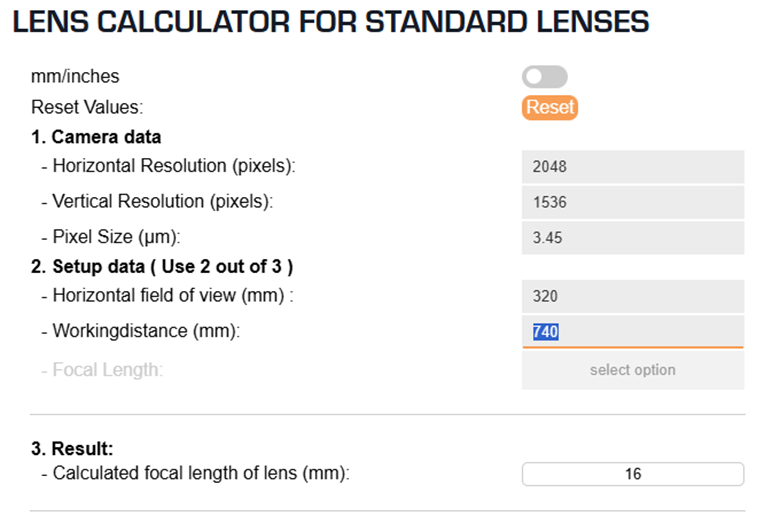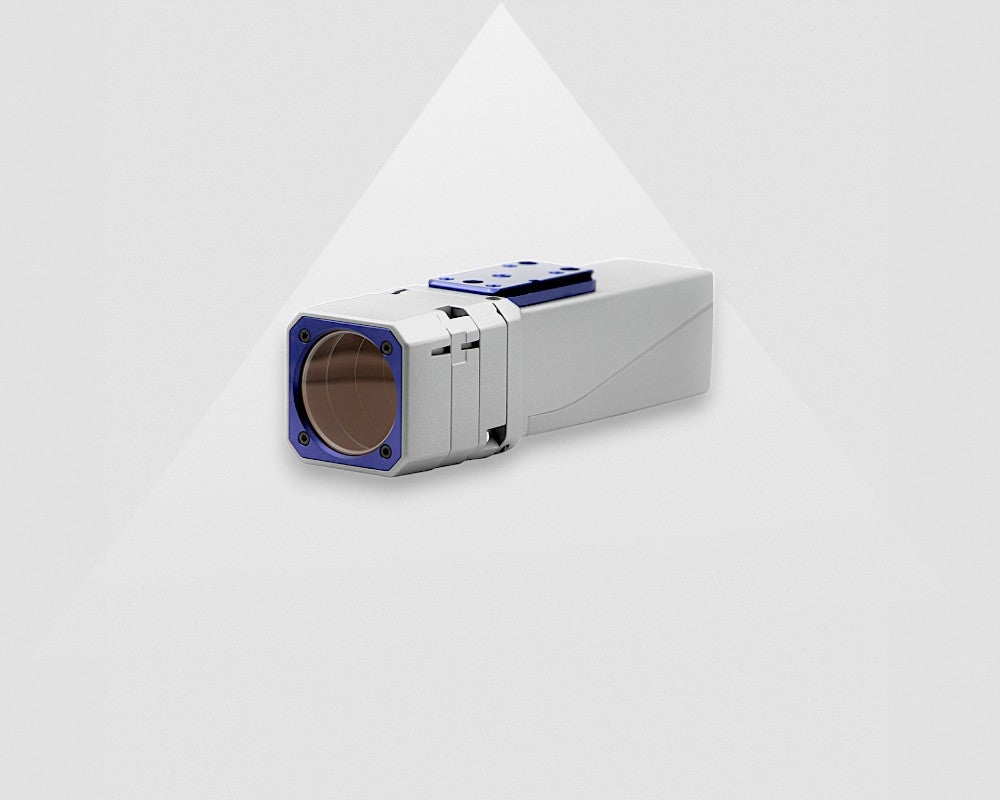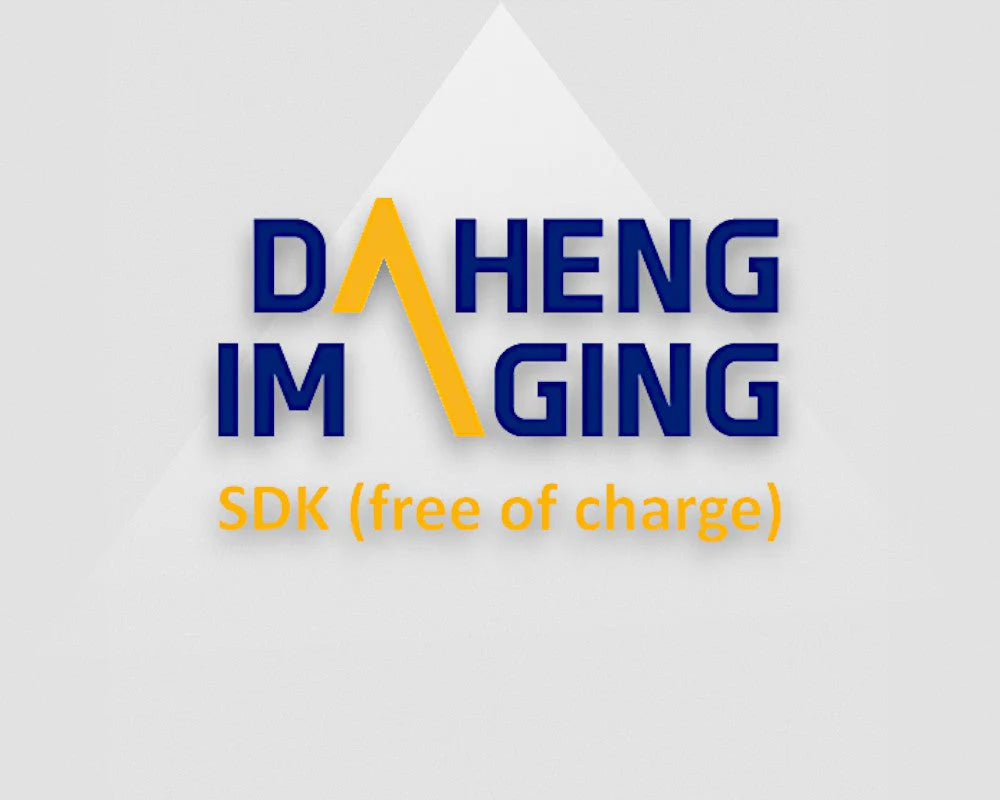Objekterkennung auf einem Förderband: Wie nutzt man Computer-Vison?
Zur Objekterkennung in Förderbandsystemen ist die richtige Platzierung von Computer-Vison erforderlich. Stellen Sie sich eine Produktionsumgebung vor, in der Produkte aller Formen und Größen auf einem Förderband bewegt werden. Dies könnte eine Obstfabrik, ein großes Logistikzentrum oder ein Hersteller von Autoteilen sein. In diesem Artikel geht es um die Verwendung von Computer-Vision zur Objekterkennung von Eiern. Über dem Förderband sollte ein Computer-Visonsystem platziert werden, um sicherzustellen, dass qualitativ hochwertige Bilder zur Eiererkennung aufgenommen werden können. Das Ergebnis sollte sein, dass alle Eier gezählt werden und jede Kiste am Ende des Förderbands mit genau 120 Eiern gefüllt ist. Darüber hinaus sollten Eier mit ungewöhnlichen Flecken herausgefiltert werden. In nur fünf Schritten führt Sie dieser Artikel durch die Auswahl der Computer-Vison-Kamera für Ihr Verarbeitungssystem.

Inhaltsverzeichnis
Auswahl einer Computer-Vison-Kamera
Einer unserer Experten für Bildverarbeitung empfahl zunächst eine geeignete Computer-Vison-Kamera für das Objekterkennungssystem des Kunden. Aufgrund der Anforderungen an das System empfahlen wir die Verwendung unserer 3MP-USB3-Kamera „MER2-302-56U3C“. Der Kunde plante, die Kamera in einem Abstand von etwa 3 Metern vom PC über dem Förderband zu platzieren. Aus diesem Grund empfahlen wir ihm, eine Kamera mit einer USB3-Schnittstelle zu verwenden. Für Anwendungen, bei denen keine Präferenz für eine bestimmte Schnittstelle besteht, wird aus mehreren Gründen eine Kamera mit USB3-Schnittstelle empfohlen. Erstens hat eine USB3-Kamera im Vergleich zu einer Kamera mit Gigabit-Ethernet-Schnittstelle eine viermal höhere Bandbreite. Im Allgemeinen bieten unsere USB3-Kameras einen Preisvorteil und es wird nur ein USB3-Kabel benötigt, um sowohl die Datenübertragung als auch die Stromversorgung zu ermöglichen.
Alle unsere Standard-Industriekameras, die für Anwendungen wie die Objekterkennung am Förderband verwendet werden, sind sowohl in Monochrom als auch in Farbe erhältlich. Für diese Anwendung bevorzugte der Kunde eine Farbkamera anstelle einer Monochromkamera, die Bilder in Schwarzweiß aufnimmt. Durch die Wahl einer Farb-Computer-Vision-Kamera ist das Setup zukunftssicher für den Wunsch, eines Tages Farben zur Fleckendifferenzierung zu erkennen.
Darüber hinaus sollte die Wahl zwischen einer Globalen Verschluss- oder einer Rollenden Verschluss Computer-Vision-Kamera getroffen werden. Unser Visionsexperte riet zur Verwendung einer Globalen Verschluss-Kamera. Dies hatte damit zu tun, dass die Objekterkennung bei laufendem Förderband erfolgen sollte. Global Verschluss-Kameras werden für Anwendungen verwendet, bei denen sich die Kamera oder das Objekt während der Bildaufnahme bewegt. Weitere Informationen zu Global- vs. Rollenden Verschluss-Kameras finden Sie unter dem Link.
Darüber hinaus unterstützten wir den Kunden bei der Bestimmung der erforderlichen Kameraauflösung. Der Kunde wusste noch nicht, welche Auflösung für die Objekterkennung auf dem Förderband erforderlich war. Jedes Mal, wenn das Objekt auf dem Förderband erfasst wird, sollte es als Ei erkannt und auf Flecken überprüft werden. Der Kunde teilte uns mit, dass die Eier nicht immer an derselben Stelle des Förderbands positioniert sind. Er wusste jedoch, dass sich die Eier in einem Bereich von maximal 300 x 240 mm befinden werden. Dies ist das erforderliche Sichtfeld (FOV). Ein einzelnes Ei hat eine Länge zwischen 55 und 57 mm. Die Punkte auf den Eiern, die erkannt werden sollen, sind 0,5 x 0,5 mm oder größer.
Um diese kleinsten Details von nur 0,5 mm zu sehen, ist eine Systemauflösung von 0,16 mm/Pixel erforderlich. Dies basiert auf drei Pixeln pro kleinstem Detail. Eine Computer-Vison-Kamera mit mindestens 1800 x 1440 Pixeln (2,59 MP) ist erforderlich, um das gesamte Sichtfeld abzudecken.
Aus diesem Grund bietet unsere 3MP-Kamera mit 2048 x 1536 Pixeln eine großartige Lösung zur Montage über dem Förderband. Durch Verwendung dieser Computer-Vison-Kamera zur Objekterkennung können auch Punkte von 0,5 mm erkannt werden.
Zusammenfassend lässt sich sagen, dass unsere 3MP-Kamera eine kostengünstige Computer-Visons-Kamera zur Objekterkennung auf einem Förderband bietet und gleichzeitig von der hohen Bildrate und der benutzerfreundlichen USB3-Schnittstelle profitiert.
Objektiv für 3MP Computer-Vision-Kamera
Jede C-Montier-Computer-Vision-Kamera benötigt ein passendes Objektiv. Das am besten geeignete C-Montier-Objektiv für diese Förderbandanwendung wurde vom Bildverarbeitungsexperten anhand einiger Spezifikationen empfohlen. Um die richtige Brennweite des Objektivs zum Erreichen eines bestimmten Öffnungswinkels zu bestimmen, ist es wichtig, das erforderliche Sichtfeld (FOV) zu kennen. Dies ist die Gesamtfläche (horizontal und vertikal in mm) des Förderbands, die der Kunde mit der Computer-Visonskamera erfassen möchte. Für diese Anwendung beträgt das erforderliche Sichtfeld 300 x 240 mm. Der Kunde bevorzugte einen Arbeitsabstand (WD) zwischen 600 und 800 mm. Dies ist der Abstand zwischen dem zu erkennenden Objekt und der über dem Förderband angebrachten Kamera.
Die empfohlene USB3-Verarbeitungskameras hat eine Auflösung von 2048 x 1536 Pixeln und eine Pixelgröße von 3,45 µm. Zur Berechnung der Brennweite des zu verwendenden C-Montier-Objektivs kann unser Online-Objektivrechner verwendet werden. Das Bild zeigt, dass das Ausfüllen der Spezifikationen in diesem Tool zu einer berechneten Brennweite von 16 mm führt.

Objektivrechner
Unser 5MP 16MM C-Montier-Objektiv für Computer Vision-Kameras mit einer maximalen Sensorgröße von 2/3 Zoll hat sich als großartige Lösung erwiesen. Dieses C-Montier-Objektiv ist Teil unserer sehr lichtempfindlichen 5MP-Objektivserie, bei der sowohl die Blende (ab F1.4) als auch der Fokus mit Schrauben eingestellt und fixiert werden können. Bei Verwendung der 3MP-Kamera mit diesem 16MM-Objektiv ist ein etwas größeres Sichtfeld von 320 x 240 mm sichtbar.

Zubehör für Computer-Vision Anwendungen
Alle unsere Computer Vision-Kameras, wie beispielsweise die empfohlene 3MP-Kamera, sollten an einen PC angeschlossen werden. PCs verfügen über schnelle Prozessoren und leistungsstarke GPUs, sodass sie Bilder schnell und effizient aufnehmen, verarbeiten und analysieren können. Zur Bildverarbeitung muss zusätzliche Software zur Objekterkennung verwendet werden. Um eine stabile Verbindung zwischen PC und Kamera zu gewährleisten, empfehlen wir, die Kamera mit einem unserer USB3-Kabel anzuschließen. Beispielsweise kann unser 1-Meter-USB3-Kabel oder unser 4,6-Meter-USB3-Kabel verwendet werden. Um die Kameramontage zu vereinfachen, empfehlen wir die Verwendung einer Stativmontageplatte.
Um Kamera und Objektiv vor Staub und Schmutz zu schützen, empfahl der Bildverarbeitungsexperte außerdem die Verwendung unseres Aluminiumgehäuses für Bildverarbeitungskameras. Dieses wasserdichte Industriegehäuse schützt die Kameraeinrichtung in der staubigen Produktionsumgebung, in der sich das Förderband befindet und das Bildverarbeitungssystem installiert ist. Das Aluminiumgehäuse enthält zwei Verlängerungsringe, die beide zum Verlängern des Objektivtubus erforderlich sind. Dies liegt daran, dass das Objektiv eine Länge zwischen 30 mm und 45 mm (33,9 mm) hat. Das Installationsvideo finden Sie auf der Produktseite des Gehäuses.

Computer-Vision-Software zur Objekterkennung auf Förderbändern
Wie bereits erwähnt, ist zum Erkennen der Objekte auf dem Förderband eine Bildverarbeitungssoftware erforderlich. Diese 3MP-Kamera ist wie unsere anderen Industriekameras GenIcam-kompatibel, d. h. sie kann mit verschiedener Drittanbietersoftware verwendet werden, darunter MvTec Halcon, Cognex Vision Pro, OpenCV und Arm Boards.
Zu Beginn kann unser Software Entwicklungs-Kit (SEK) kostenlos von unserer Website heruntergeladen werden. In diesem SEK können Kameraparameter wie Belichtungszeit und Bildrate eingestellt werden. Zusätzlich kann ein erstes Bild aufgenommen und gespeichert werden. Das SEK unterstützt Betriebssysteme wie Windows, Linux und Android und ist mit normalen und Industrie-PCs und ARM-Plattformen kompatibel. Das SEK unterstützt Programmiersprachen wie C++, C#/.NET und Python.
Unser Kunde möchte die Eier und Defekte erkennen, indem er seine eigene Software in Python schreibt. Unser SEK bietet Beispielprogramme, darunter das Python-Beispiel zum Aufnehmen von Bildern. In einem der Artikel in unserem Wissenszentrum finden Sie weitere Informationen zur Verwendung eines Python-Beispiels mit PyCharm.

Unterstützung für Computer Vision-Anwendungen
Können wir Sie bei der Auswahl der besten Computer Vision Lösung zur Objekterkennung in Förderbandanlagen unterstützen? Oder einer ähnlichen Vision Anwendung? Teilen Sie uns einfach die Anforderungen Ihrer Anwendung mit und wir beraten Sie hinsichtlich des am besten geeigneten Objektivs und der passenden Kamera für Ihr Projekt.
















































